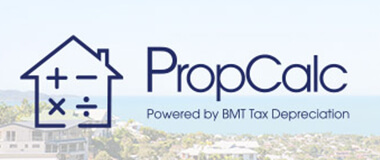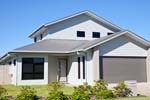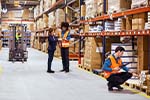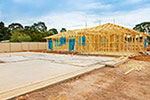Depreciation supports rise in warehouse investment
Warehouse space has seen exponential growth in recent years. Research suggests that this growth won’t be slowing down any time soon, with CBRE predicting e-commerce will drive requirements for an additional 350,000 square metres of new warehouse space each year.
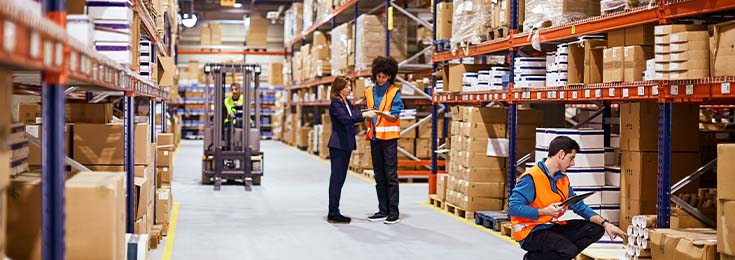
There are several drivers for the demand and growth of warehouse space. COVID-19 has supercharged the ‘Amazon effect’ and consumer preferences are moving towards online shopping and away from physical storefronts.
As the warehouse sector’s volume is pushed to new heights and vacancy rates reach record lows, BMT wants to remind both industrial space investors and the businesses that operate from them to ensure they are claiming every tax deduction.
Warehouse depreciation is the natural wear and tear of the property and its fit-out. This deduction can reduce taxable income without spending any cash, resulting in less tax to pay.
The sheer size of the structure of some warehouses means that there are huge capital works deductions available. Depending on the warehouse type, the capital works deduction fixed rate can change.
For example, currently manufacturing industries’ (including warehouses used for manufacturing) capital works deductions are calculated at a fixed rate of 4 per cent of the historical construction cost. Storage and distribution warehouses’ capital works deductions are depreciated at a rate of 2.5 per cent.
The other side of warehouse depreciation is the fit-out. This is usually owned and claimed by the party that is using the warehouse for their business operations (i.e. the tenant or owner-occupier). The owner that doesn’t operate from the property can also claim depreciation on the fit-out assets they own. These assets depreciate at a rate based on their effective life as set by the Australian Taxation Office.
The warehouse boom has been reflected in the depreciation landscape, too. A comparison of before and during COVID-19 revealed that there has been a 12 per cent rise in BMT Tax Depreciation Schedules ordered for warehouses between FY 2018/19 and FY 2020/21.
Depreciation case study: Typical Australian distribution warehouse
‘Business A’ is classed as a medium-sized business entity in Australia. In the 2020/21 financial year, Business A purchased a new warehouse space from which to run its distribution operations.
Given that Business A is both the owner and occupier of the property, it can claim depreciation deductions on both the fit-out and the property’s structure. Some of the fit-out assets include air conditioning units, light fittings and office furniture.
The following table demonstrates how much depreciation Business A can claim in full. These deductions stack up to over $2.7 million and provide a healthy boost to Business A’s cash flow.
| Business A Warehouse depreciation | |
| Plant and equipment assets | |
| Packaged air conditioning units | $73,660 |
| Split system air conditioning assets | $6,954 |
| Automatic garage door | $8,576 |
| Automatic gate - motors and controls | $6,142 |
| Bathroom accessories | $4,048 |
| Carpets | $31,959 |
| Ceiling fans | $1,040 |
| Computers | $53,312 |
| Door closers | $2,833 |
| Exhaust fans | $1,835 |
| Fire extinguishers | $3,424 |
| Fire hoses and nozzles | $11,126 |
| Floor coverings | $5,461 |
| Hot water installations | $3,602 |
| Light fittings & shades | $53,712 |
| Freestanding office chairs | $4,580 |
| Freestanding office desks | $9,230 |
| Partitions | $16,504 |
| Boardroom tables | $4,190 |
| Telephone systems | $13,200 |
| Warehouse and distribution centre racks | $44,000 |
| Window blinds | $3,600 |
| Plant and equipment total | $363,988 |
| Capital works | $2,379,024 |
| Total plant and equipment & capital works | $2,743,012 |
Tax depreciation schedules are key to claiming the maximum depreciation deductions. A BMT Tax Depreciation Schedule applies all industry-specific legislation to ensure commercial depreciation deductions are claimed to their full potential and compliantly.
BMT also applies current business incentives including the backing business investment and temporary expensing depending on the business size, to ensure every cent is claimed.
BMT Tax Depreciation has optimised its commercial process to ensure both owners and tenants claim the most deductions possible. To learn more about commercial depreciation of warehouse spaces, call BMT today on 1300 728 726.





